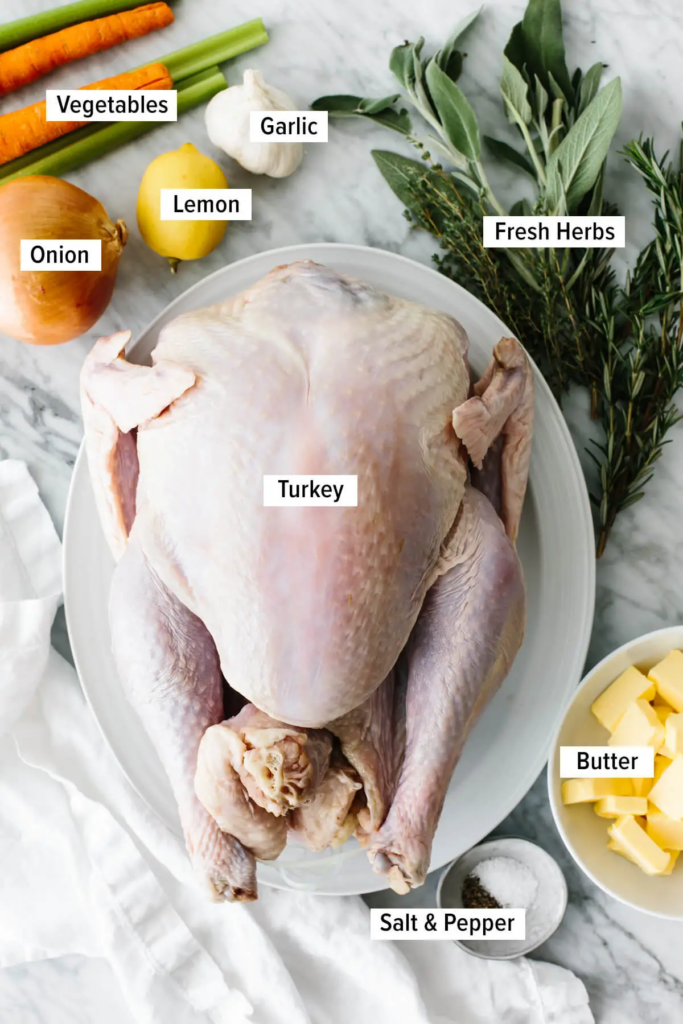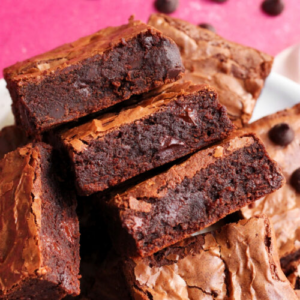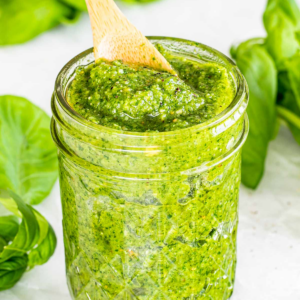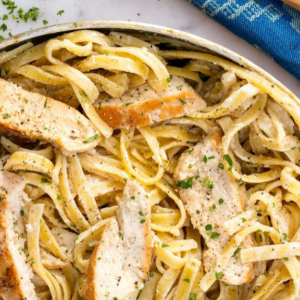Table of Contents
When it comes to feasts or family gatherings, turkey is often the star of the culinary show. A turkey recipe that strikes the perfect balance between succulent meat and crispy skin can seem daunting, but with the right guidance, even a novice chef can prepare a solid turkey will impress.
This article will guide you step-by-step through choosing, preparing, seasoning, and cooking your turkey, along with additional tips on how to make the most of any leftovers. So put on your apron and get your pies ready – it’s time to master the art of cooking the perfect turkey.
Selecting Your Turkey For Turkey Recipe
The journey to a delectable turkey begins at the market. Choosing the right bird is pivotal to your recipe’s success. If possible, opt for a fresh, organic, free-range turkey. These turkeys are often more flavorful and have been raised in better conditions, which can reflect in the taste.

If you find yourself with a frozen turkey, ensure you allocate enough time for it to thaw safely in the refrigerator, which can take up several days depending on size.
Preparation and Seasoning
Properly preparing your turkey sets the foundation for a delicious outcome. If you’re working with a frozen turkey, allow it to thaw completely in the fridge – this can take up to 24 hours for every 4 to 5 pounds. Once thawed, remove the giblets and neck, and make sure the turkey is patted dry inside and out. Seasoning is your next step. Whether you decide to brine your turkey overnight in a flavorful liquid, rub it with a savory blend of herbs and spices, or slip herb butter under the skin, seasoning is your chance to impart deep flavors into the meat.
Cooking Techniques
The debate over the best cooking method for a turkey is ongoing. Roasting is traditional, grilling adds a smoky flavor, smoking imparts depth, and deep-frying can guarantee crispy skin. Whichever method you choose, cook your turkey at the correct temperature – usually 325°F (163°C) for roasting – and use a meat thermometer to ensure it has reached the safe internal temperature of 165°F (74°C) in the thickest part of the thigh. Basting can help keep the meat moist, but remember, each time you open the oven door, you let heat escape.
Serving Suggestions
The presentation of your turkey can be just as important as the taste. Let the turkey rest before carving to allow the juices to redistribute. Carve your turkey in the kitchen or at the table, depending on your family tradition. Serve alongside classic side dishes like stuffing, mashed potatoes, and cranberry sauce, and choose a wine that complements the flavors of your seasoning – a rich Chardonnay or a light Pinot Noir could be perfect.
Leftover Inspirations
Leftovers are one of the best parts of cooking a large turkey. Slice the remaining meat for sandwiches or salads, or get creative with turkey tacos or a hearty turkey pot pie. Don’t let the carcass go to waste – it makes an excellent base for a comforting turkey soup or stock.
Conclusion:
Cooking a turkey doesn’t have to be an intimidating task. By following these steps, you’ll be well on your way to serving a succulent, flavorful bird that will have your guests asking for seconds – and the recipe. The key is in the care you take at each stage, from selection through to serving.
Call to Action:
Ready to take on the challenge of cooking the perfect turkey? Start planning your recipe today, and don’t forget to share your success stories and photos with us using the hashtag #PerfectTurkey. Gather your ingredients, preheat your oven, and let’s make this holiday one to remember with the ultimate turkey centerpiece!
Follow us to see more useful information, as well as to give us more motivation to update more useful information for you.





